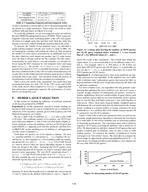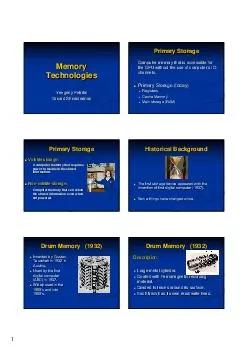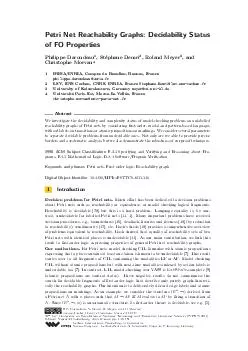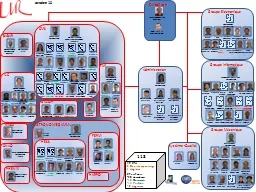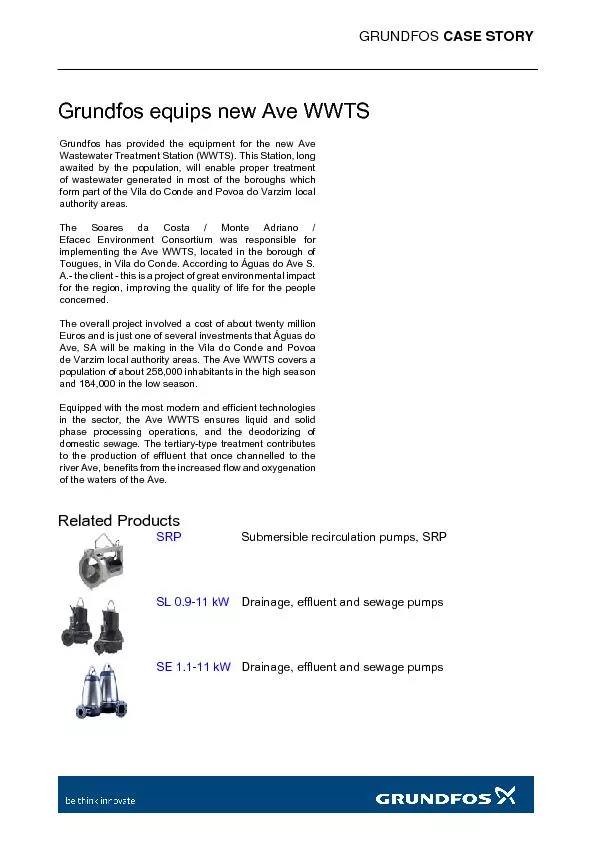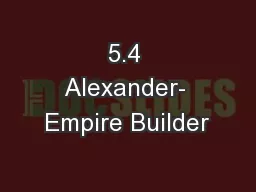PDF-HYRISEA Main Memory Hybrid Storage Engine Martin Grund HassoPlattnerInstitute Jens Kr
Author : marina-yarberry | Published Date : 2015-01-15
For columns accessed as a part of analytical queries eg via sequential scans narrow partitions perform better because when scanning a single column cache locality
Presentation Embed Code
Download Presentation
Download Presentation The PPT/PDF document "HYRISEA Main Memory Hybrid Storage Engin..." is the property of its rightful owner. Permission is granted to download and print the materials on this website for personal, non-commercial use only, and to display it on your personal computer provided you do not modify the materials and that you retain all copyright notices contained in the materials. By downloading content from our website, you accept the terms of this agreement.
HYRISEA Main Memory Hybrid Storage Engine Martin Grund HassoPlattnerInstitute Jens Kr: Transcript
Download Rules Of Document
"HYRISEA Main Memory Hybrid Storage Engine Martin Grund HassoPlattnerInstitute Jens Kr"The content belongs to its owner. You may download and print it for personal use, without modification, and keep all copyright notices. By downloading, you agree to these terms.
Related Documents

